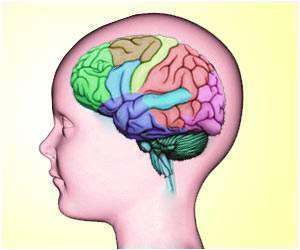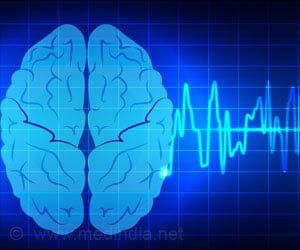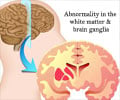
What Triggers an Epileptic Seizure
“We developed a new statistical model to explicitly capture the effect of factors that may drive transitions in seizure risk,” Chiang said. “We looked at anti-seizure medications and different triggers like illness and menstrual cycles. Those are some of the factors commonly thought to increase or decrease seizure risk.‘Rhythmicity of seizures likely changes with age and common triggers.’
Tweet it Now
“The relationship of cycle length to age was an interesting finding,” she said. “We’re able to see there are shorter cycles in older age groups and then longer cycles in younger age groups. A shortening of cycle length with age may have potential ramifications in future clinical practice.”In earlier studies, the group analyzed patients’ seizure diaries to assess their seizure risks and looked at brain scans to find markers for patients with epilepsy most likely to benefit from brain surgery.
The new work by Chiang, Vannucci and lead author Emily Wang, who earned her Ph.D. at Rice this year, seeks to emphasize the importance of logging seizures — and their lack — daily and over the long term. That will help establish individual chronotypes, or rhythms, for patients who experience seizures in cycles and wish to understand why seizures happen when they do, what may trigger them and how best to treat them.
An online diary that tracks seizure activity both simplifies the process for patients and provides the researchers with a wealth of data to mine for their statistical dynamical systems models, the “dynamic” part capturing change over time. Seizure Tracker, founded by co-author Robert Moss, provides tools to help patients, doctors and researchers understand relationships between seizure activity and therapies that will improve patient care.
For the current study, the logs of more than 1,000 patients ages 2 months to 80 years helped the team model the relationship between “attractor states,” internal and/or external events like the start of a new medication or an illness, and the peaks and valleys of seizure activity in an individual patient.
Advertisement
The relevance of a patient’s age emerged from Seizure Tracker data as well. “Calm stretches between seizures seem to get shorter for patients as they get older,” Vannucci noted.
Advertisement
The data is accurate for patients who can recognize and log in each seizure every day, but the researchers know people aren’t always able to do so. That’s where the team’s background in Bayesian modeling helps to fill the gaps.
Vannucci said the new study is the product of research that began in 2017. “Doctors and patients sit down and see when their seizure frequency is going up or down or is stable,” she said. “We realized we can formalize in a statistical model attractors and latent states and infer the changes over states.”
That resulted in a 2018 Epilepsia Open study that suggested a Bayesian model could better define seizure risks for patients. From there, she said the team incorporated attractors and other covariates like medications to build the model detailed in the current study.
“We hope this study is the best of all and the most helpful for patients and doctors,” Vannucci said.
Source-Eurekalert













